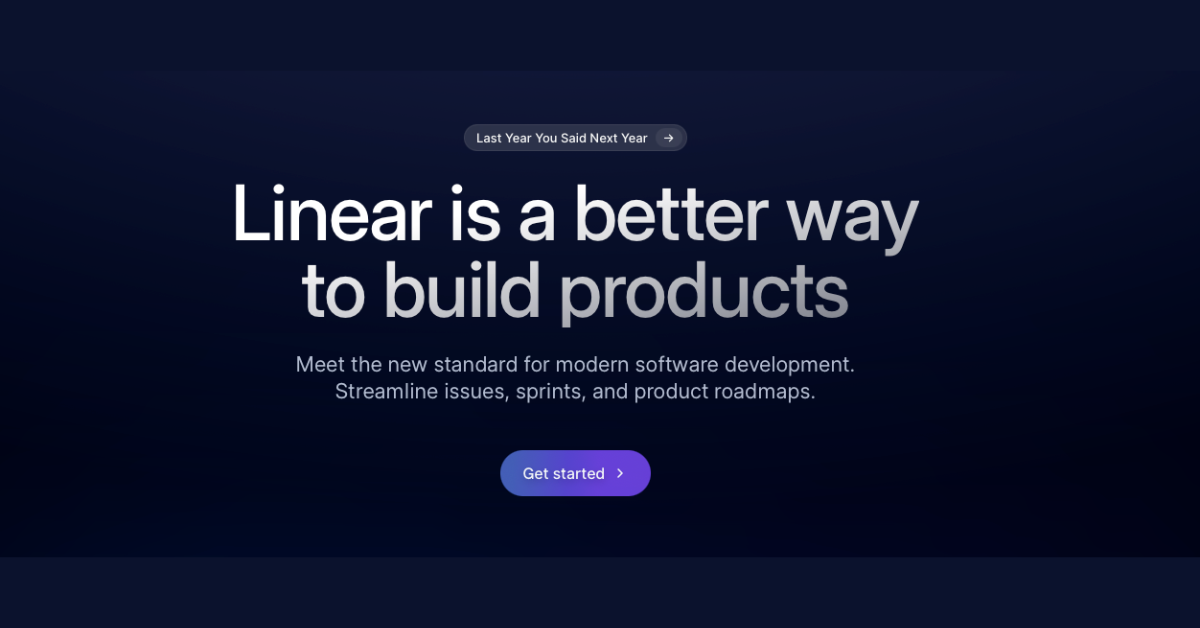Good Content Vs. Bad Content: 7 Examples Show the Difference
Some things we know to be bad as soon as we encounter them, like spoiled milk. But classifying content marketing as “good” or “bad” is a much more nuanced situation. Sometimes it comes down to luck; bad content can get results; good content can languish unnoticed.
Though there isn’t one specific “good content” meaning, there are concrete elements that go into making content good. The key is to remember that the purpose of content marketing is to attract, retain, and engage your target audience. And that won’t happen with bad content.
How you can ensure your content drives action
Incorporating each of these aspects into your content and marketing campaigns is the best way to create high-quality content and reap the benefits of content marketing.
Just like creating a product roadmap or implementing IT processes, content marketing requires strategy and intentional thought. Here are seven aspects that will help you develop high-impact content—and avoid the curse of bad content marketing.
Good content is clear
Good content should be more than just easy to read—it should be clear. As this example below shows, it’s easy to read, but entirely unclear:
Can you tell what this company does based on this snapshot of its website? We know it’s something to do with data sharing and data exchange, but there’s nothing to understand. “Data sharing boosts business competitiveness” doesn’t explain why data sharing provides a boost or how it impacts business competitiveness.
For clear content, think about what you want people to know or understand once they’ve finished reading. For anyone to take action, they must first understand the problem.
What you want your audience to understand is different from what you want them to do. You likely want them to sign up for a free trial or request a demo. But first they need to understand that they have tons of disorganized data floating around their business and it has the potential to make them more money by either selling it or sharing it among their internal teams.
Added bonus: The clearer your content, the less it will rely on jargon.
Good content is value driven
You want content that drives action. And how do you get people to do something? You demonstrate what’s in it for them.
“We want to tell you this story” does not compel action; “Here’s what you get” does.
To focus on value, you must clearly understand your audience’s pain points, then show how you make that pain better.
While Linear’s hero section is focused on them and not the audience, it lists benefits to infer pain points.
Benefit: A better way to build products. → Pain: The process of building products needs to be improved.
Benefit: Modern software development. → Pain: Software development processes are outdated
Benefit: Streamline issues, sprints, and product roadmaps. → Pain: Documentation is all over the place.
You can see Clickup goes straight to the “What’s in it for me?” Get more done, crush goals faster—this is clear and evocative while also prompting action in the copy, not just in the CTA.
Good content is cohesive
When you’re building any piece of content, whether it’s a blog post, case study, or web page, it must be designed around a story.
Not necessarily a “Once upon a time” sort of story, but it needs to follow a clear progression. That progression could be:
Intro → Depiction of problem → Solution → How solution works.
It could be as simple as:
Pain point → Solution.
But there must be a story so your audience can piece together your content in a logical, memorable way.
Here’s a company with the right idea but a fumble in execution. It starts well; the first two boxes from left to right tell a story of expense and cost efficiency. But the last two boxes don’t connect to the first two or even each other. This was a great opportunity to use words and pictures to tie the story of their product benefits together.
Good content is tailored to your audience
Ideally, you have a content marketing strategy that accounts not just for the types of content you’ll create, but also defined personas your content will address.
Your website doesn’t have to specifically state who your product is for at the top, but creating a niche has many advantages. What is important is to have an audience in mind for whatever piece of content you’re creating. The way you talk to CTOs will necessarily be different than the way you talk to end users, and your content must reflect that.
The benefit of tailored content is that it will be relevant to your audience. So many startups are focused on saying what they want to say instead of what their audience needs or wants to hear.
Good content is different
“Vendor blur” is a real thing. It’s easy to both look and sound like your competitors when you haven’t thought through the unique value you provide and the benefits of your service. Falling back on tried-and-true phrases and designs is just easier.
Take a look at these two competing compliance platforms. Now, each of them generally creates great content and clearly have a thoughtful, robust marketing plan. But to get my point across, I want to look at their heroes.
First, the colors are similar. Blue vs blueish purple. Both of them have lime green accent colors. Both of them headline automation. Both of them have a “Get Started” CTA.
How is a prospective buyer to tell these apart?
The purpose of content marketing is to help you stand out from the competition. But differentiation requires thoughtful discussions and quality content marketing to achieve that differentiation. Put that effort into standing out.
Good content is useful
There has to be a reason to create content, and that reason should not be, “We want to write about this.” There must be reasons that your audience will want to read your content and there needs to be usefulness that will make them pick your piece out of a long list of search results.
Here are some good reasons to create content:
Your audience is searching for information about a topic
Your sales team frequently fields the same set of questions and it would be easier and clearer for your prospects to get answers on your website or content resource
Your audience needs accurate or timely information they can’t (or shouldn’t) get elsewhere
Above is a snapshot of four blog posts at a B2B beauty tech company. Which blog post do you think an audience will find useful? The last one.
Content about their company or product outnumbers useful content three to one. Unless you already have a huge audience that really cares specifically about your product, that ratio should be reversed.
The lesson: Most people don’t care about your product as much as you do. They care that you will solve their problem.
Selfish motivation almost always yields bad content. Good content helps your audience with a specific thing. When you create content specifically to be useful to your audience, you increase the chances of publishing high-impact content.
Good content is funnel specific
Most people are not ready to book a demo the first time they land on your webpage. But you don’t want to be forgotten just because they aren’t ready for a demo. That’s where content marketing comes in. Providing offers for each stage of the funnel is the best way to entice your audience to engage, no matter how ready they are for a demo.
Here are some kinds of content suited to each funnel. These types of content are not limited to just one stage of the funnel, this is just an overview of how content can slot into the marketing funnel.
Best content for Awareness (top-of-funnel content)
SEO blog posts, podcasts, ebooks, social media, infographics
Best content for Consideration (middle-of-the-funnel content)
Webinars, informational resources like ebooks, blog posts, discounts, case studies
Best content for Decision-making (bottom-of-the-funnel content)
Demo, competitive comparison sheets, case studies
The picture above shows the first section below the hero on Apprenda’s website. Advertising a whitepaper right at the top is an easy way to get prospects to engage without having them take the big leap of getting a demo.
This whitepaper looks like it’s targeted toward the consideration phase. It’s a very specific topic that implies that anyone who downloads it will already be familiar with their problem and convinced they need to do something about it.
Why good content is hard to do—and bad content is easy
Incorporating clarity, value, cohesion, specificity, differentiation, usefulness, and funnel specificity just in one piece of content is time intensive. But content creation is only a piece of the puzzle. You could have good content all over your site, but if you have no strategy to actually do anything with it, you’re potentially wasting your time.
It’s important not to confuse good writing with good performance. While they are complementary, good content doesn’t necessarily lead to a good performance. (Though bad content is much more likely to lead to bad performance.)
A number of factors impact performance, including search volume, content length, competing domains, HTML or Google Pagespeed ranking. It’s also important to define what “success” is. Straight-up traffic is not a good indicator of whether you’ll see conversions.
Puzzling over your current content? Don’t know where to start? Chat with us. A 30-minute consultation is free, and we’re fun people.









